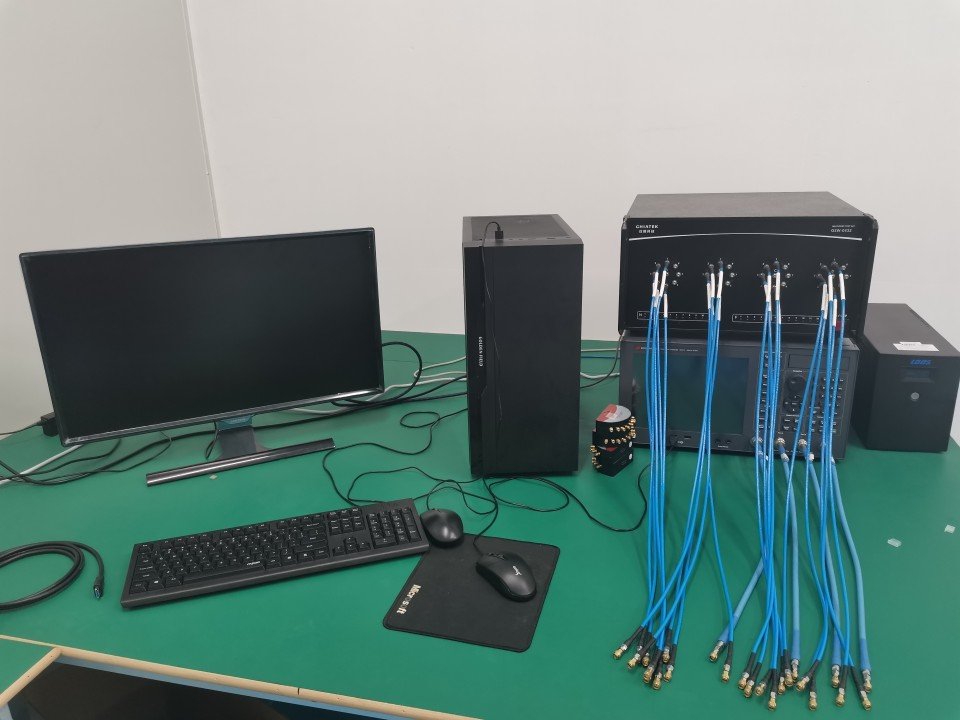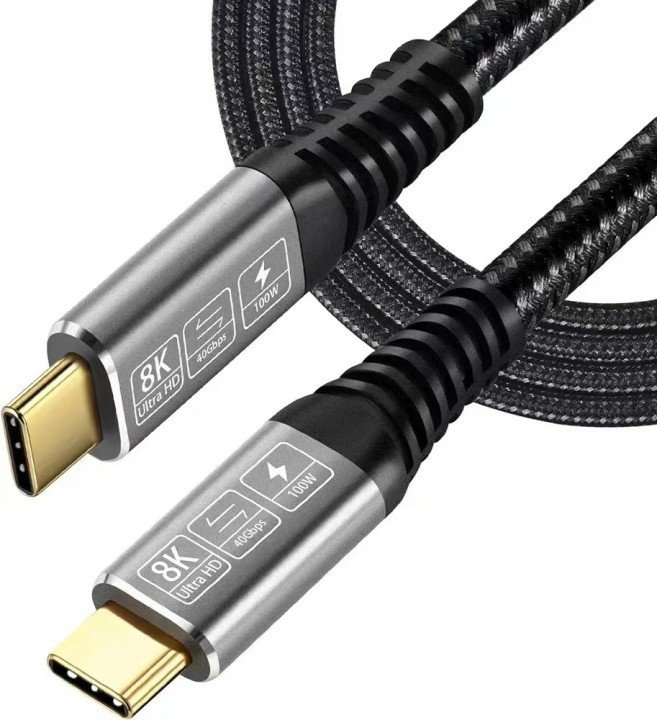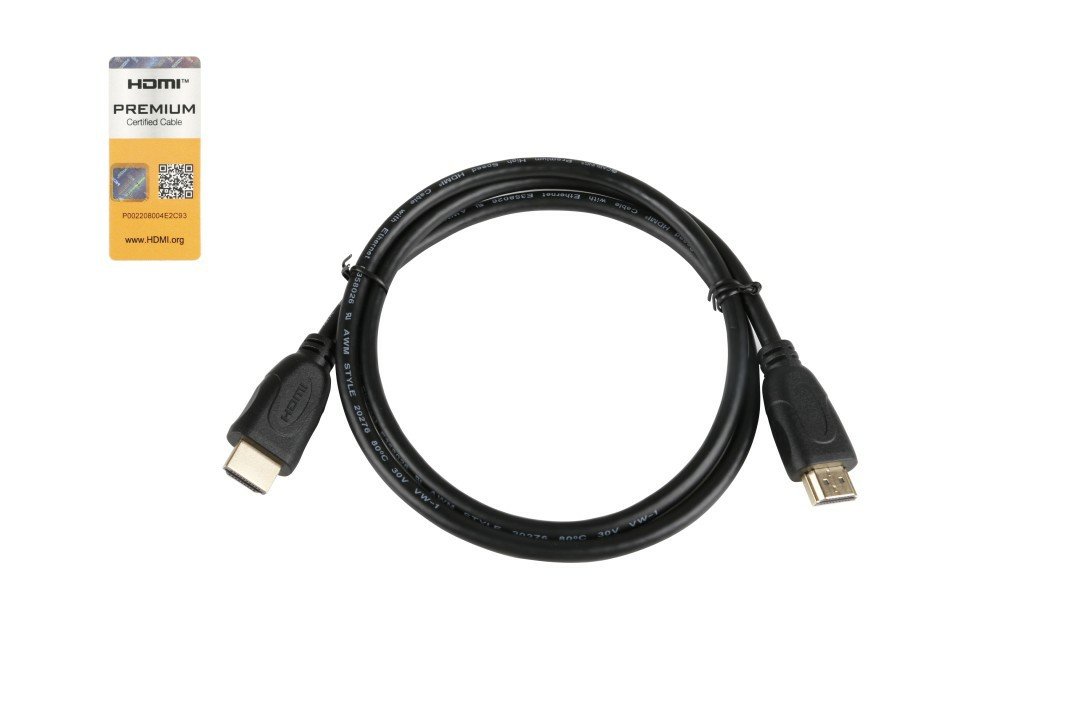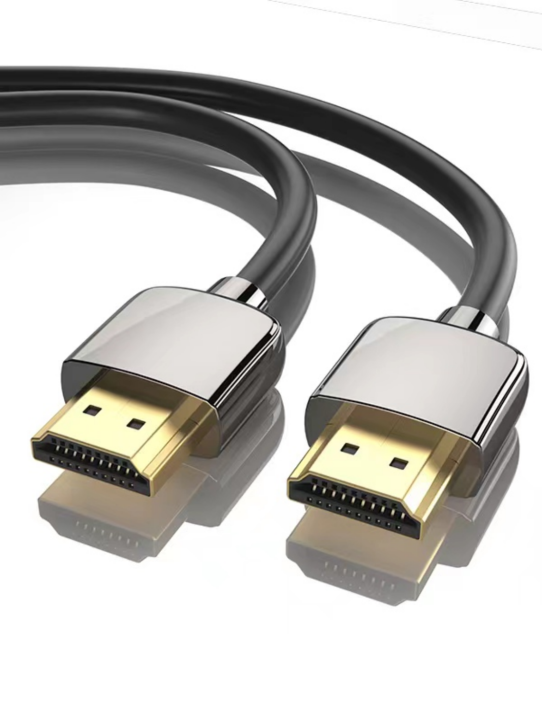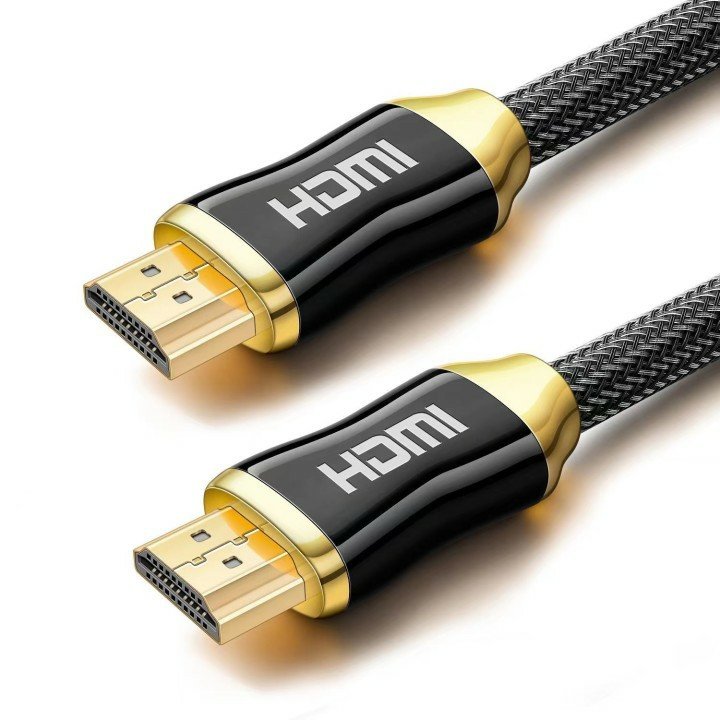Table Of Content
Table Of Content
In the manufacturing and quality assurance of cables, various tests are conducted to ensure that the products meet the required performance standards. Among these tests are Time Domain Reflectometry (TDR), high/low temperature testing, bending (flex) testing, and salt spray testing. Cables that pass these tests are generally more reliable and durable than those that do not. Let’s explore the differences between cables that have and have not passed these tests and the impact on their performance.
Time Domain Reflectometry (TDR) Testing:
Passed TDR Testing:
- Signal Integrity: Cables that pass TDR testing exhibit excellent signal integrity with minimal reflections and impedance mismatches, ensuring high-quality data transmission.
- Reliability: These cables are reliable for high-frequency applications, such as HDMI, DisplayPort, and other digital signal transmissions, where maintaining signal quality is critical.
- Performance Impact: Passing TDR testing ensures that the cable can handle high-speed data transmission without significant signal degradation, making it ideal for professional and high-end consumer applications.
Not Passed TDR Testing:
- Signal Issues: Cables that do not pass TDR testing may suffer from signal reflections, impedance mismatches, and other issues that can degrade signal quality.
- Limited Use: These cables are less suitable for high-frequency or high-speed data applications and may be limited to less demanding uses.
- Performance Impact: The failure to pass TDR testing indicates a higher risk of signal loss and interference, making such cables less reliable for critical applications.
Aging Testing:
Passed Aging Testing:
- Thermal Stability: These cables are designed to operate reliably under a wide range of temperatures, from very high to very low, without degradation in performance.
- Durability: Suitable for environments with extreme temperature variations, such as outdoor installations and industrial settings.
- Performance Impact: Ensures consistent performance in harsh conditions, preventing failures due to temperature fluctuations.
Not Passed Aging Testing:
- Temperature Sensitivity: These cables may not perform well under extreme temperatures and could degrade or fail when exposed to such conditions.
- Restricted Environments: Limited to controlled environments with stable temperatures.
- Performance Impact: Risk of performance issues or failures in environments with significant temperature changes, reducing reliability.
Bending (Flex) Testing:
Passed Bending Testing:
- Flexibility and Durability: Cables that pass bending tests can withstand repeated bending and flexing without breaking or losing performance.
- Longevity: Ideal for applications where the cable will be frequently moved or bent, such as in robotics, machinery, and portable devices.
- Performance Impact: Ensures long-term reliability and reduces the risk of cable failure due to mechanical stress.
Not Passed Bending Testing:
- Fragility: These cables are more prone to damage and breakage when bent or flexed repeatedly.
- Limited Mobility: Best suited for stationary or less demanding applications where bending is minimal.
- Performance Impact: Increased risk of mechanical failure in applications requiring frequent movement, reducing lifespan and reliability.
Salt Spray Testing:
Passed Salt Spray Testing:
- Corrosion Resistance: Cables that pass salt spray testing are resistant to corrosion, making them suitable for use in harsh, corrosive environments, such as coastal areas or industrial settings.
- Durability: Enhanced longevity and performance in environments with high humidity or exposure to salt.
- Performance Impact: Reliable performance in corrosive environments, ensuring long-term functionality and reducing maintenance needs.
Not Passed Salt Spray Testing:
- Corrosion Risk: These cables are more susceptible to corrosion, which can degrade performance and lead to failure over time.
- Environmental Limitations: Not suitable for environments with high exposure to corrosive elements.
- Performance Impact: Higher risk of degradation and failure in corrosive environments, limiting their use to less challenging conditions.
Conclusion
Cables that pass rigorous tests such as TDR, high/low temperature, bending, and salt spray demonstrate superior reliability, durability, and performance. These tests ensure that the cables can maintain signal integrity, withstand extreme conditions, endure mechanical stress, and resist corrosion, making them suitable for high-end, professional, and industrial applications. In contrast, cables that do not pass these tests are limited to less demanding environments and applications, where such stringent performance standards are not as critical. Understanding these differences helps in selecting the right cable for the intended application, ensuring optimal performance and longevity.
Discover more: www.starfirecableshubs.com


